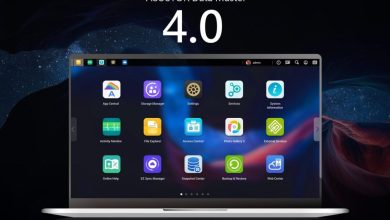Free will, or simply our ability to decide, is one of the most striking characteristics of human beings. This means that we have the right and ability to choose what we are going to do or what we like, such as our favorite color.
It is quite likely that you have already met someone who says that black is her favorite color, just like someone else who prefers yellow. But what is the most popular color among all the people around the planet statistically speaking? According to the researchers, this was never a constant. Understand!
Cultural and gender influence
(Source: Pixabay)
According to a 2015 study by YouGov , blue proved to be the most popular color worldwide. Two years later, however, another study of 30,000 people in 100 countries found that teal was the right answer. It seems that the favorite color of the global population tends to change with the year.
And the biggest responsible for this great amount of changes is the influence of popular opinion by cultural aspects. In 2019, for example, the magazine Perception compared people’s favorite tones among cultural groups in Poland: Papuans and the hadza. As they were raised in different ways, each group gave different answers.
Even within the same culture, life experiences and socialization can be decisive in shaping color preference. In modern Western culture, blue is traditionally associated with boys, while pink is considered a “female color”. Therefore, it is not even a surprise that the result of the study published in Archives of Sexual Behavior in 2013, when the data showed that men tend to prefer blue, while women vary between red, purple and pink.
Color perception
(Source: Pixbay)
In the late 1970s, researchers from the World Color Survey conducted a comprehensive survey of color in 110 unwritten languages around the world. The objective was to test the hypothesis that language would be a defining structure of people’s personal perception — making a person see the world in a certain way depending on the language they learned when they grew up.
So, language would shape the perception of reality. However, the study showed that in all cultures, people tend to name color tones in the same way. Therefore, different tones that are grouped close to “blue” in Portuguese, such as baby, turquoise or navy, are described by a relatively similar word in other languages.
Not to mention that, in all cultures , speakers tend to place the boundary between fundamental colors – such as red, blue, yellow, and green – at approximately the same place. Therefore, our preference for one color or another may even be influenced by the way we were raised or how society is, but we know that we see life with the same eyes.









